In the ever-evolving world of plumbing and water management, the Dry Running Protection Pump Automatic Pressure Controller has emerged as a critical component for both residential and commercial setups. This sophisticated device not only automates the operation of water pumps but also offers a crucial protective feature — preventing the pump from operating without water, a situation known as “dry running.”
Dry running can cause severe damage to pump components. Without water to lubricate and cool the pump, friction and heat buildup can result in irreversible damage. The Dry Running Protection Pump Automatic Pressure Controller eliminates this risk by monitoring water flow and pressure in real time. If water is not detected, it stops the pump instantly, thereby extending the life of the pump and avoiding costly repairs or replacements.
How It Works
The Dry Running Protection Pump Automatic Pressure Controller integrates pressure and flow sensors that continuously monitor the system. When a faucet is opened, the pressure drops, and the controller automatically turns the pump on. Once the faucet is closed and the pressure builds back up, the controller shuts the pump off. If there is no water supply — due to a dry well, blocked pipe, or empty tank — the controller detects the absence of flow and halts the pump, activating its dry run protection feature.
many modern Dry Running Protection Pump Automatic Pressure Controllers also come with an auto-restart function. This feature periodically checks whether water supply has resumed and automatically restarts the pump once it's safe to do so. This ensures little downtime and maintenance intervention.
Benefits of Using a Dry Running Protection Pump Automatic Pressure Controller
Prevents Pump Damage: the important benefit is its ability to protect the pump from dry running. Continuous dry operation can ruin seals, bearings, and impellers, potentially burning out the motor.
Increases Efficiency: With automatic pressure sensing, the pump runs only when needed, reducing energy consumption and wear and tear.
User Convenience: There’s no need to manually switch the pump on or off. The Dry Running Protection Pump Automatic Pressure Controller does it all seamlessly, offering a fully automated experience.
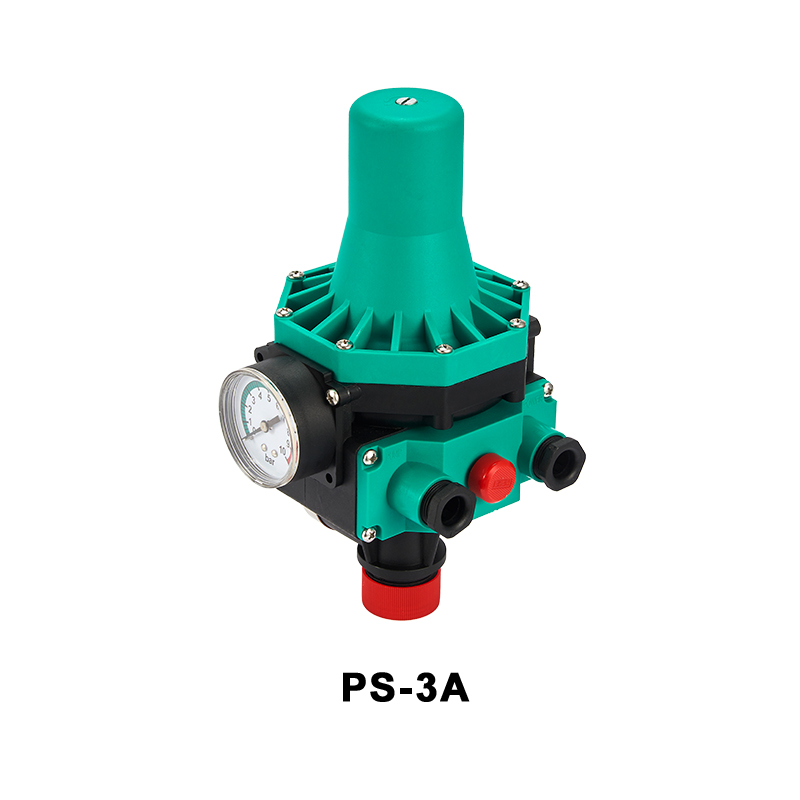
Saves Money: By preventing mechanical damage and reducing energy usage, the controller offers long-term savings on maintenance and electricity bills.
Versatility: Suitable for various water systems including domestic water supply, irrigation systems, and industrial pumping operations.
Installation and Maintenance
Installing a Dry Running Protection Pump Automatic Pressure Controller is relatively simple. It’s usually mounted directly onto the pump or integrated within the piping system close to the pump. many models are compatible with both centrifugal and submersible pumps.
Maintenance is simple. Regular checks to ensure sensor cleanliness and system integrity are typically all that’s needed. High-quality units come with durable housing that resists moisture and dust ingress, increasing the lifespan of the controller.
Choosing the Right Controller
When selecting a Dry Running Protection Pump Automatic Pressure Controller, consider the following:
Flow Rate Compatibility: Ensure the controller matches the flow rate of your pump.
Pressure Rating: Select a controller that can handle the operating pressure of your system.
Material Durability: For harsh environments, choose a controller with a weatherproof and corrosion-resistant casing.
Brand Reliability: Opt for reputable manufacturers known for quality and support.
Advanced models may also include LED indicators, error codes, or digital displays to show current system status and diagnostics, helping users quickly identify issues.
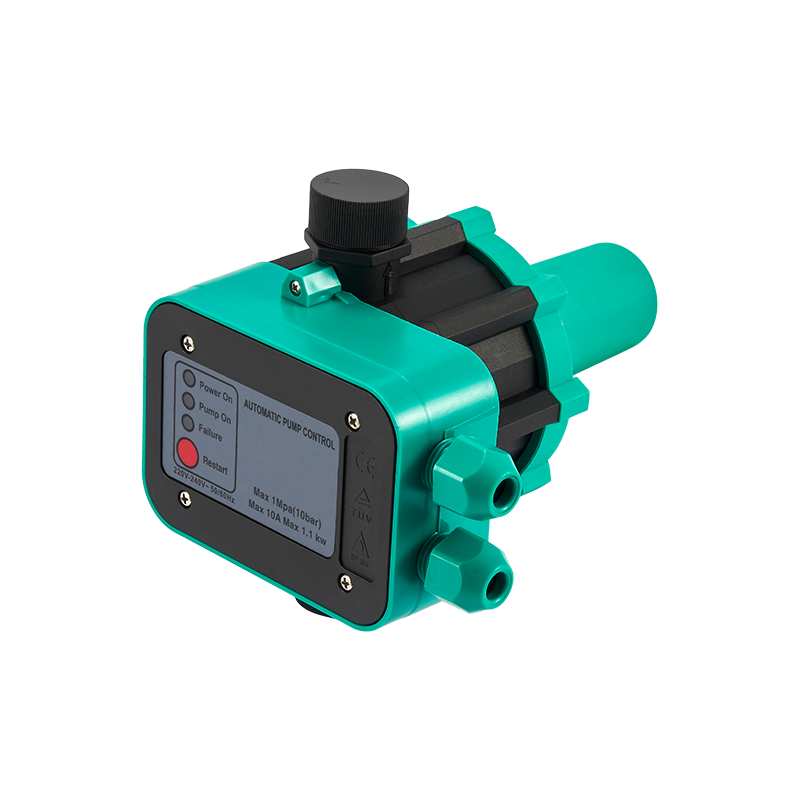
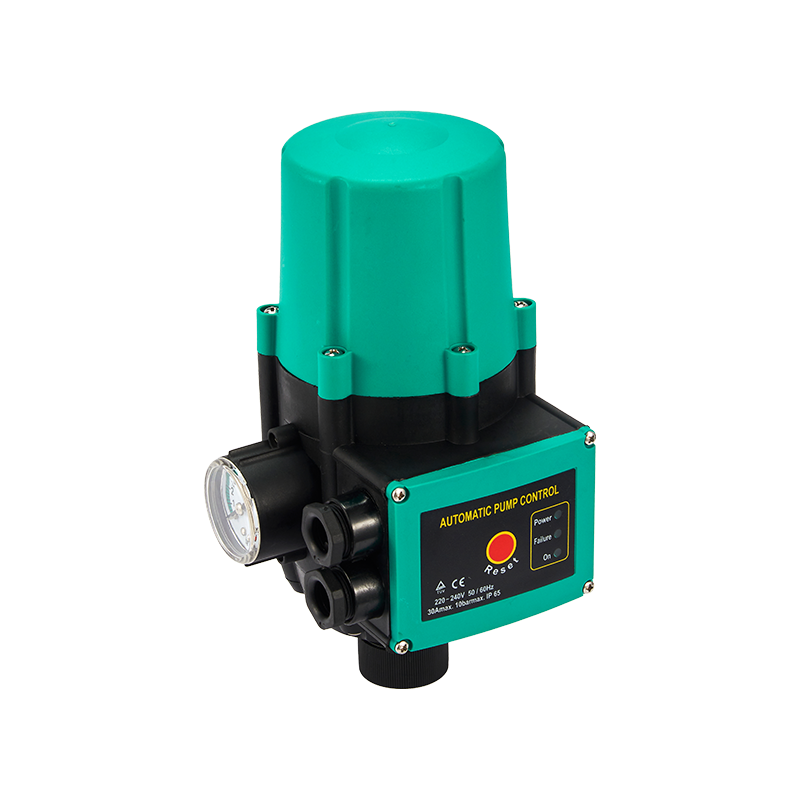
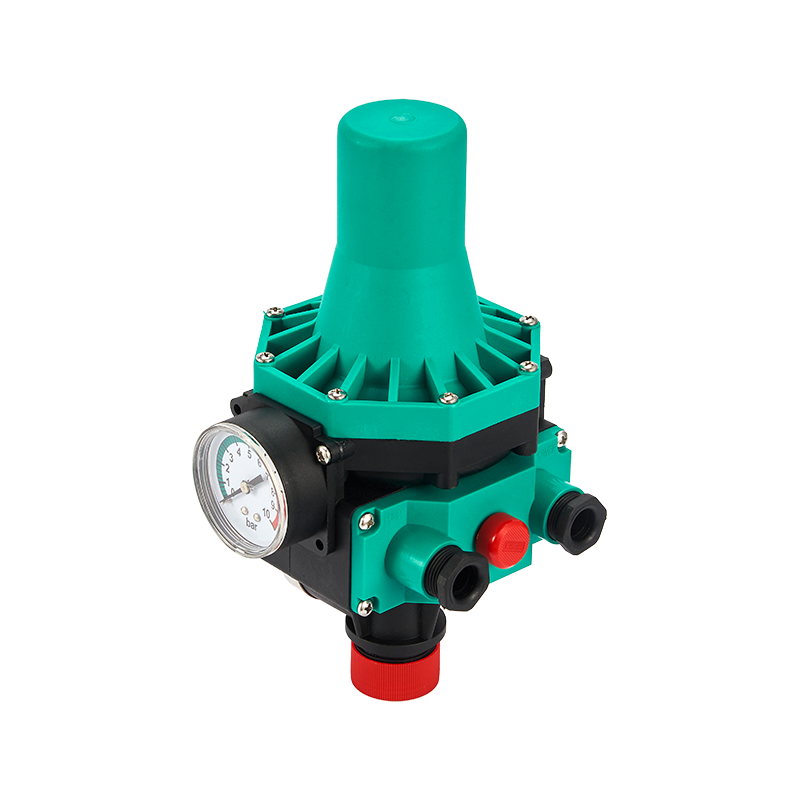
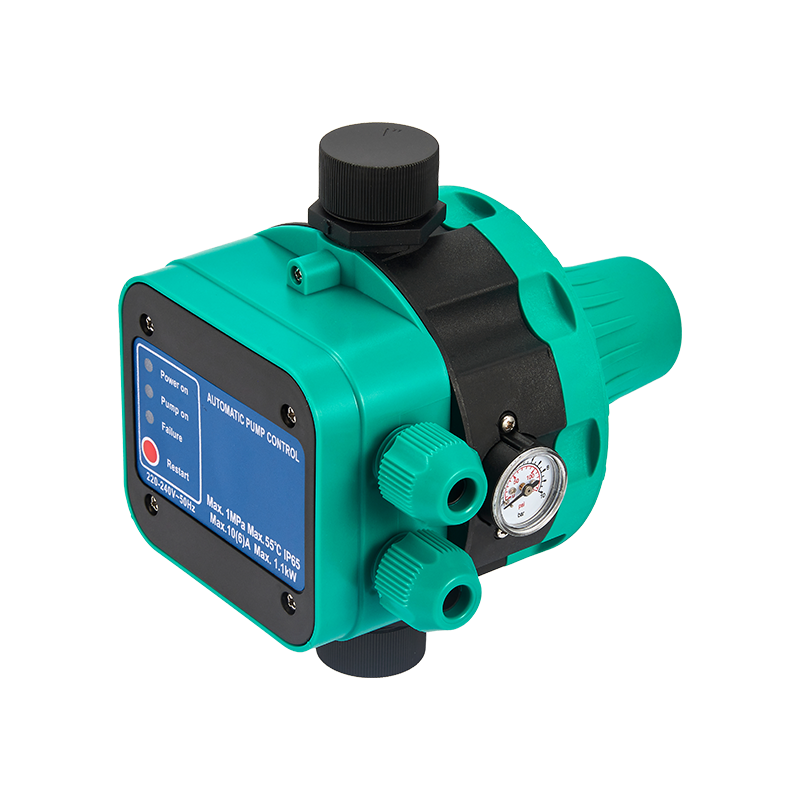
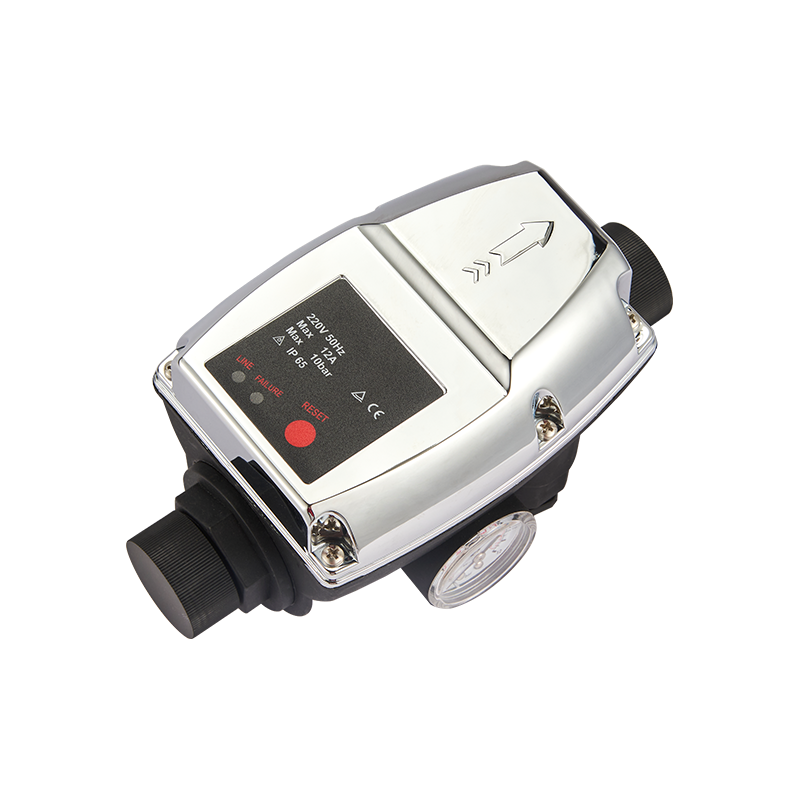
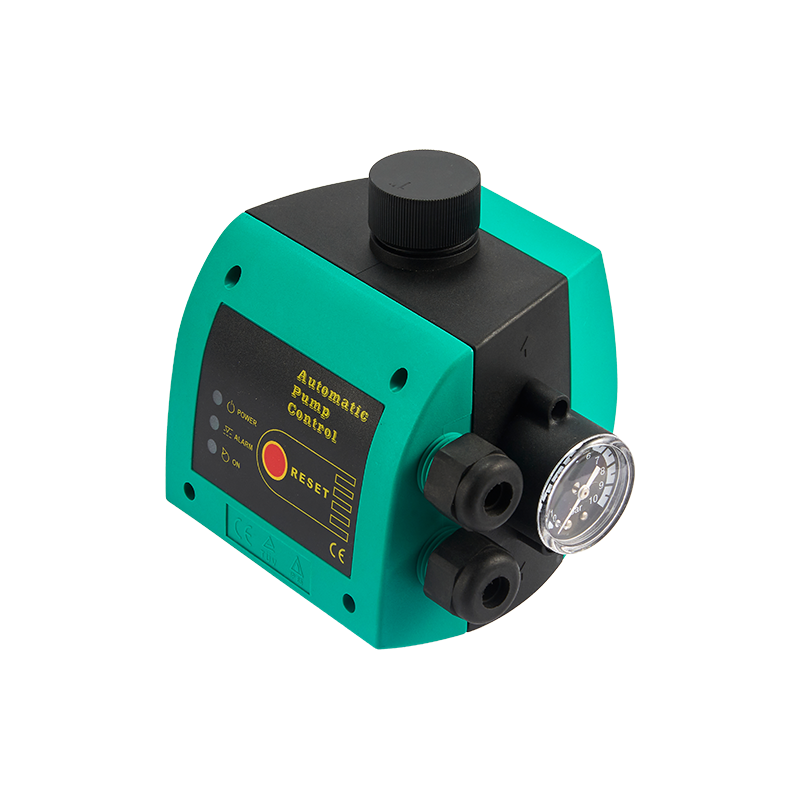
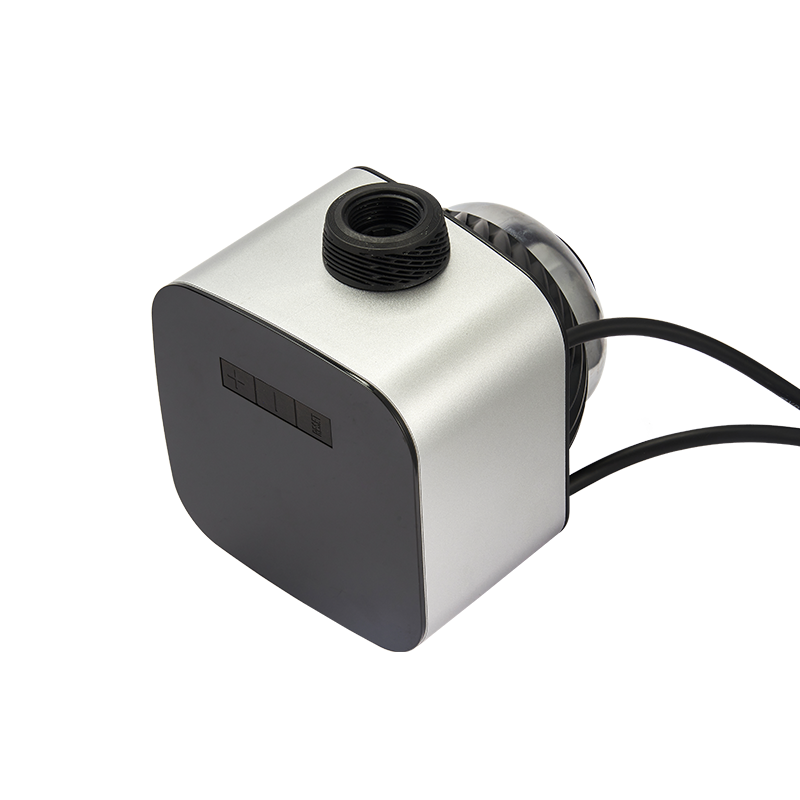
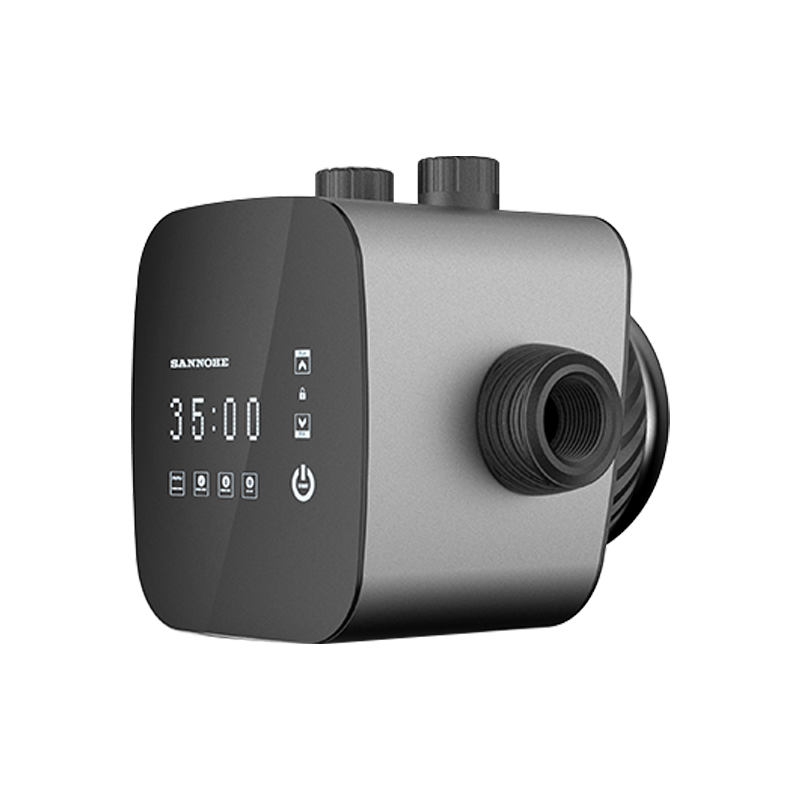
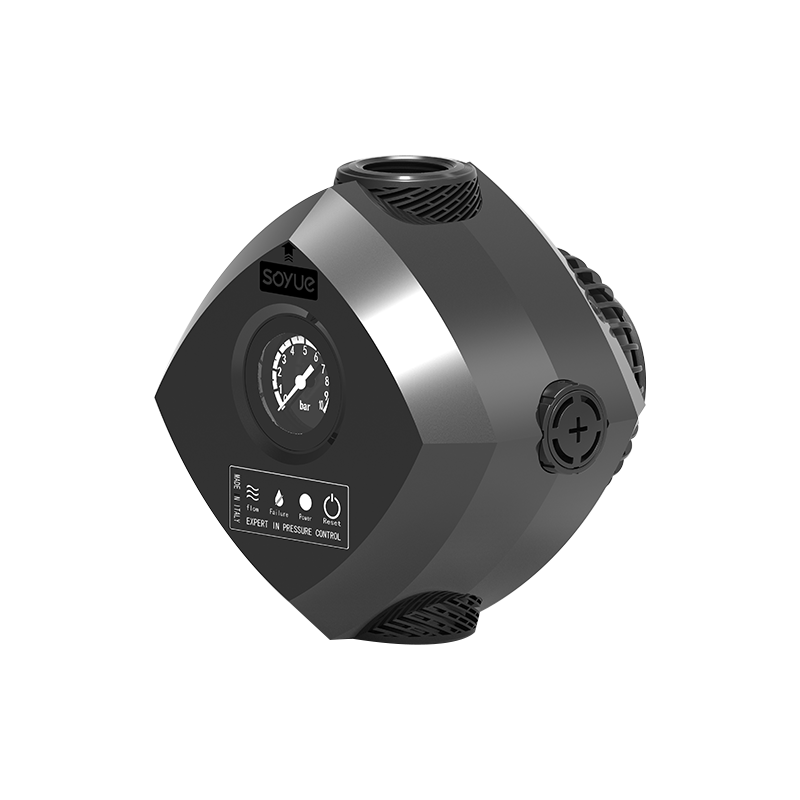
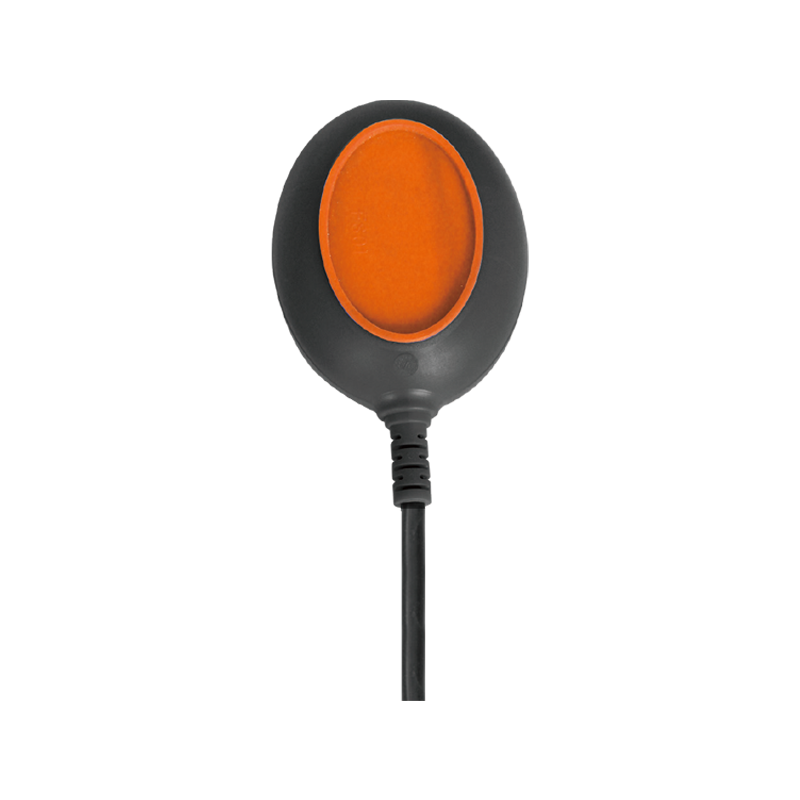
In the operational framework of countless residential, commercial, and industrial fluid systems, a small but vital component ensures automatic control and protects equipment: the pump pressure switch. This electromechanical device serves as the central nervous system for pumps, activating and deacti...
The global industrial landscape is witnessing a significant transformation, driven by advancements in automation and smart technology. A key player in this evolution is the automatic pump controller factory, which has become a hub of innovation and precision manufacturing. These specialized faciliti...
The technology behind pump automatic pressure control is undergoing significant advancements, bringing improved efficiency and reliability to fluid handling systems across multiple sectors. These sophisticated systems are designed to maintain consistent pressure levels without requiring constant man...